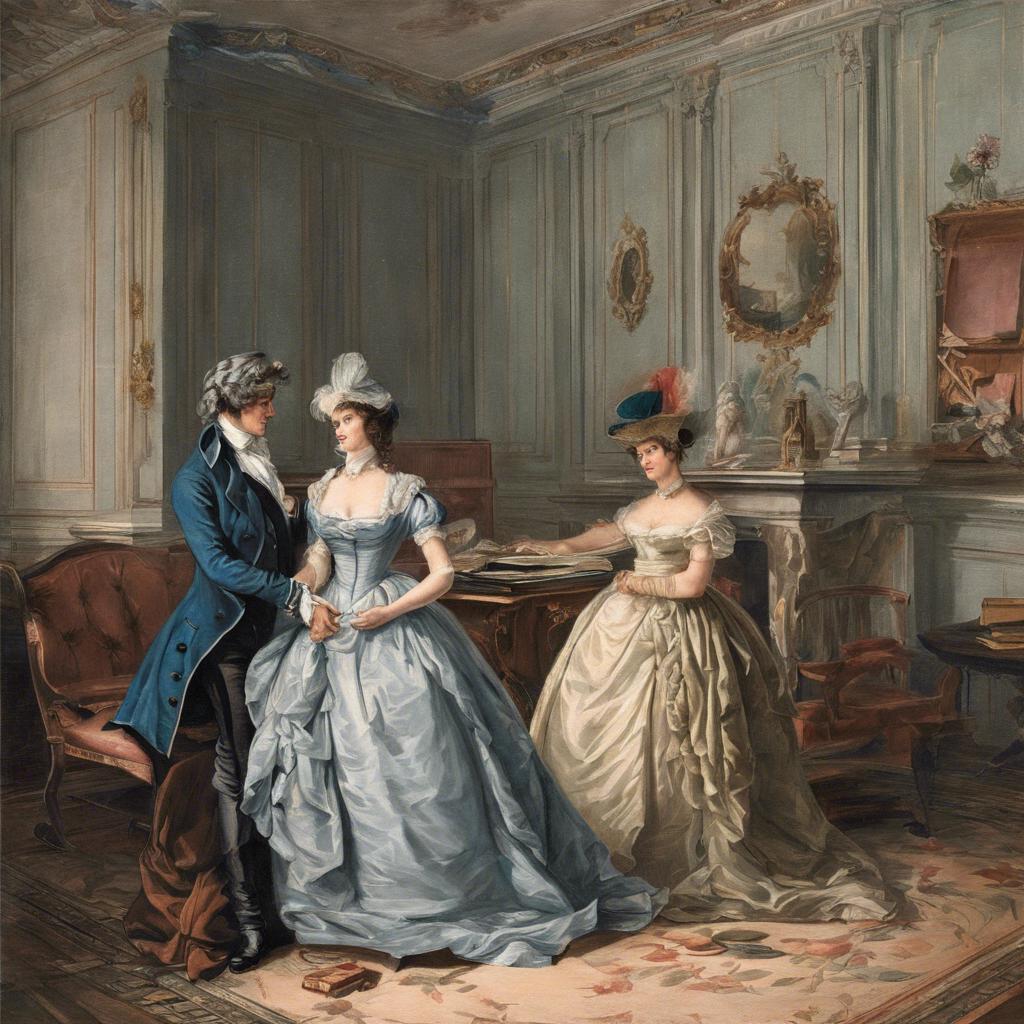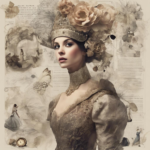The Regency Era, spanning from 1811 to 1820, marked a period of immense cultural and political change in Britain. During this time, literature flourished, giving rise to a new genre of novels that captured the essence of the era’s elegance, romance, and societal upheavals. In this article, we will explore the significance and impact of Regency Era novels, delving into the themes, writing styles, and notable authors that continue to enchant readers to this day. Join us on a journey back in time as we uncover the timeless allure of Regency literature.
Step Into the World of Cheryl Bolen
Dive into the enchanting stories of love, intrigue, and elegance set in the Regency Era. Cheryl Bolen's novels offer timeless romance and captivating tales that will leave you wanting more.
Explore Cheryl Bolen's Books Now
– The Impact of Regency Era Novels on Society and Literature
The Impact of Regency Era Novels on Society and Literature
Regency era novels have had a lasting impact on society and literature, shaping the way people think and perceive the world around them. These novels, set in the early 19th century during the time of the British Regency, offer a glimpse into the social norms, customs, and values of the time period. By delving into the lives of the characters and their relationships, readers are able to better understand the complexities of society during this historical period.
One of the most notable impacts of Regency era novels is the way in which they have influenced romantic literature. The works of authors such as Jane Austen and the Bronte sisters have set the standard for romantic storytelling, with themes of love, class, and societal expectations at the forefront. These novels have shaped the way we view love and relationships, highlighting the struggles and triumphs of characters navigating the complexities of courtship and marriage.
Regency era novels have also had a significant impact on the portrayal of women in literature. Female characters in these novels are often strong and independent, defying societal expectations and challenging traditional gender roles. Through their actions and decisions, these women serve as role models for modern readers, inspiring them to think critically about gender norms and stereotypes.
– Exploring the Themes and Characters in Regency Era Novels
Some of the most captivating aspects of Regency era novels are the intricate themes and well-developed characters that populate the pages of these timeless classics. One recurring theme in Regency era literature is the exploration of social class and its impact on relationships and societal norms. Whether it’s the forbidden love between a wealthy noble and a commoner or the struggles of a young woman navigating the rigid expectations of high society, these novels provide a rich tapestry of human emotions and societal commentary.
Key Themes in Regency Era Novels:
-
Love and Romance: Regency era novels are often centered around themes of love and romance, with intricate plots and complex relationships weaving together the lives of the characters. From forbidden love affairs to whirlwind romances, these stories explore the depths of human emotions and the challenges of finding true love in a society governed by strict social codes.
-
Social Class and Society: Another central theme in Regency era novels is the exploration of social class and its impact on the characters’ lives. The rigid hierarchy of Regency society plays a significant role in shaping the characters’ actions and decisions, creating tension and conflict as they navigate the expectations and limitations of their class. Whether it’s the struggle for upward mobility or the challenges of breaking free from societal constraints, these novels offer a nuanced portrayal of class dynamics in the early 19th century.
Memorable Characters in Regency Era Novels:
One of the hallmarks of Regency era literature is the unforgettable characters that populate these enchanting stories. From spirited heroines with a knack for bucking convention to brooding heroes with a dark past, these novels are filled with a diverse cast of characters that capture the imagination of readers. Whether it’s the witty banter of a charming rogue or the quiet strength of a determined heroine, the characters in Regency era novels are sure to leave a lasting impression on anyone who encounters them.
– Recommended Regency Era Novels for Fans of Historical Fiction
Step back in time to the elegant and romantic Regency Era with these captivating historical fiction novels. Whether you’re a long-time fan of this period or looking to explore it for the first time, these recommendations are sure to transport you to a world of ballrooms, scandal, and romance.
- Pride and Prejudice by Jane Austen: No list of Regency Era novels would be complete without this timeless classic. Follow the headstrong Elizabeth Bennet as she navigates the societal expectations of early 19th century England.
- The Duke and I by Julia Quinn: This delightful Regency romance introduces readers to the charming Bridgerton family. Get swept up in the witty banter and sizzling chemistry between the independent Daphne Bridgerton and the brooding Duke of Hastings.
- Emma by Jane Austen: Another masterpiece by Austen, Emma follows the matchmaking exploits of the titular character in the quaint village of Highbury. Join Emma as she meddles in the romantic affairs of her friends and learns valuable lessons about love and friendship.
– Analyzing the Language and Style of Regency Era Novels
The language and style of Regency Era novels offer a unique insight into the literary trends of the early 19th century. One of the defining features of these novels is the use of formal and elegant language, reflecting the manners and etiquette of the period. Authors such as Jane Austen and Maria Edgeworth crafted their prose with precision, creating a sense of refinement and sophistication that resonates with readers to this day.
Character development is another key aspect of Regency Era novels. Protagonists are often complex individuals who navigate the intricacies of society with wit and intelligence. From the spirited Elizabeth Bennet in “Pride and Prejudice” to the reclusive Catherine Morland in “Northanger Abbey,” these characters are a testament to the depth and nuance of Regency literature.
Furthermore, the societal norms and customs of the Regency Era are a recurring theme in these novels. Issues such as marriage, class distinctions, and gender roles are explored in depth, shedding light on the challenges and expectations faced by individuals of the time. By delving into these topics, Regency Era novels provide a window into the social complexities of the period, offering readers a glimpse into a world that is both familiar and foreign.
Closing Remarks
the Regency era novels continue to captivate readers with their exploration of love, society, and politics in a time of great change and upheaval. Through the works of Jane Austen, Sir Walter Scott, and other talented authors of the period, we are granted a glimpse into the complexities of life during the early 19th century. As we immerse ourselves in these timeless tales, we are reminded of the enduring power of literature to transport us to distant worlds and illuminate the universal truths of the human experience. So let us continue to cherish and celebrate the masterpieces of the Regency era, for they offer us not only entertainment, but also valuable insights into the past and present.


